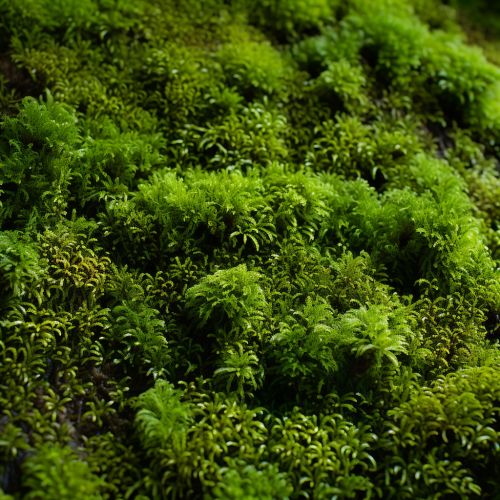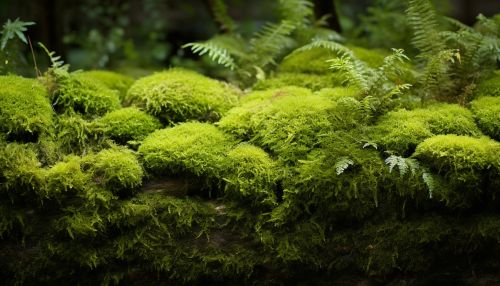Ecology of Mosses
Introduction
Ecology is the scientific study of interactions among organisms and their environment. It involves understanding the complex web of relationships that determine the distribution and abundance of organisms. Within this broad field, the ecology of mosses represents a unique and fascinating area of study. Mosses are small, non-vascular plants that typically form dense green clumps or mats, often in damp or shady locations. They play a crucial role in the ecosystem, contributing to soil formation, water retention, and providing habitat for numerous organisms.


Classification and Distribution
Mosses belong to the division Bryophyta, which is characterized by non-vascular plants. They are further divided into three classes: Bryopsida, Sphagnopsida, and Andreaeopsida. These classes are distinguished by their unique morphological characteristics and ecological preferences. Mosses are found worldwide, from the Arctic to the Antarctic, and from mountain peaks to deserts. They are most abundant in moist, shaded forest environments, but some species have adapted to extreme conditions, such as arid deserts or freezing tundra.
Life Cycle and Reproduction
Mosses have a complex life cycle that involves alternating generations. The dominant, photosynthetic phase is the haploid gametophyte. The gametophyte produces gametes (sperm and eggs) in specialized structures. Fertilization occurs when water allows the sperm to swim from the male organs to the female ones, resulting in the formation of a diploid zygote. This zygote develops into the sporophyte, which remains attached to the gametophyte and produces spores. These spores are dispersed by wind and germinate to form new gametophytes, completing the cycle.
Ecological Role
Mosses play a significant role in their ecosystems. They contribute to soil formation by breaking down rock surfaces and providing a substrate for other plants to grow. They retain water, reducing soil erosion and maintaining humidity in the environment. Mosses also act as bioindicators, their presence indicating specific environmental conditions. For example, certain moss species are sensitive to air pollution and can be used to monitor air quality.
Mosses and Wildlife
Mosses provide habitat and food for a variety of wildlife. Many small invertebrates, such as insects and spiders, use mosses for shelter. Some birds, like the Northern Spotted Owl, use mosses to line their nests. Additionally, mosses serve as a food source for various animals, including small mammals like voles and shrews.
Human Uses
Historically, humans have used mosses for a variety of purposes. Sphagnum mosses, for example, were used as wound dressings during World War I due to their antiseptic properties. Today, mosses are used in gardening and horticulture, especially in Japanese gardens, where they are valued for their aesthetic appeal. They are also used in the production of biofuels and as bioindicators for monitoring air and water quality.
Conservation and Threats
Like all components of biodiversity, mosses face threats from human activities. Habitat destruction, pollution, and climate change are among the main threats to moss populations. Conservation efforts are crucial to protect these important organisms and the ecosystems they inhabit.
